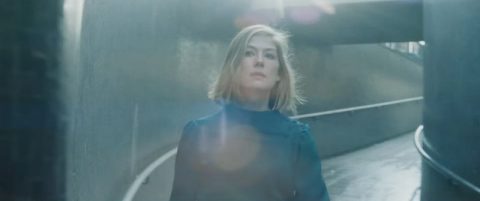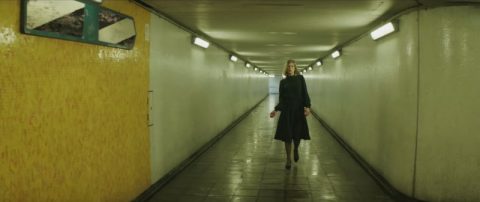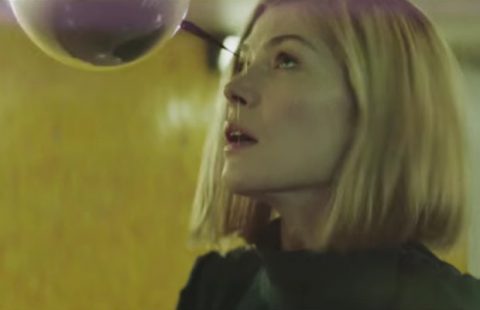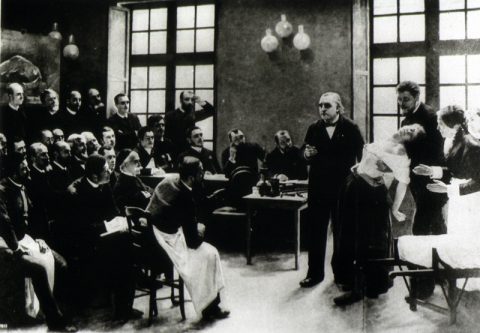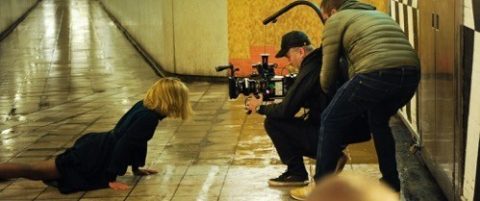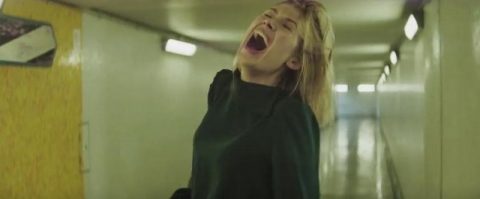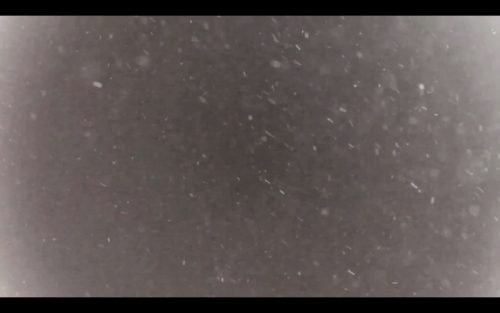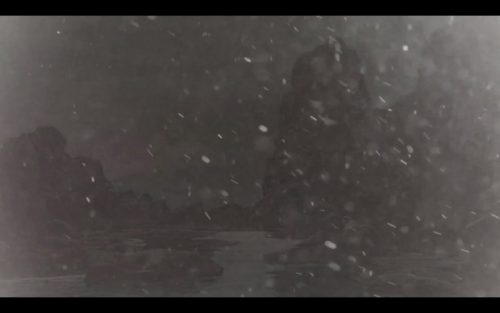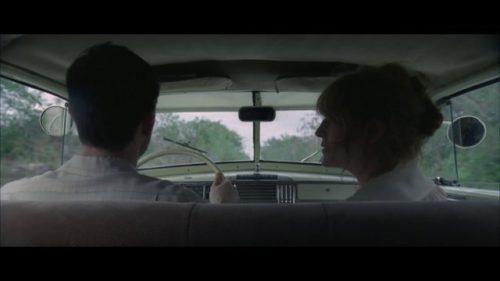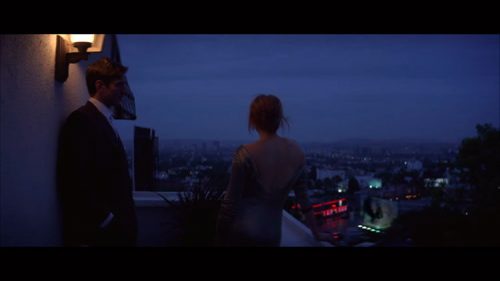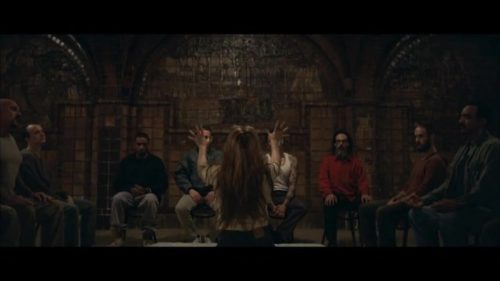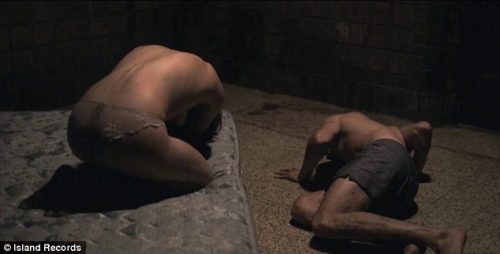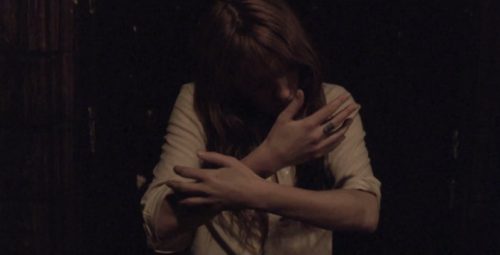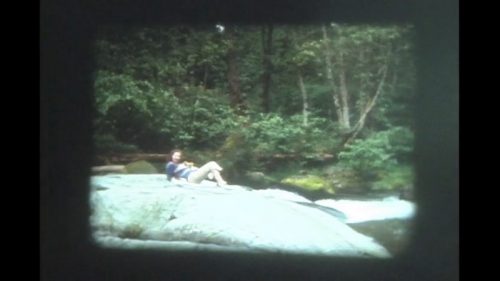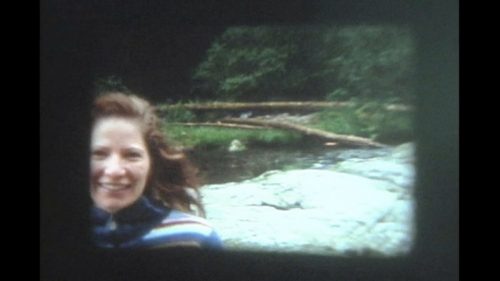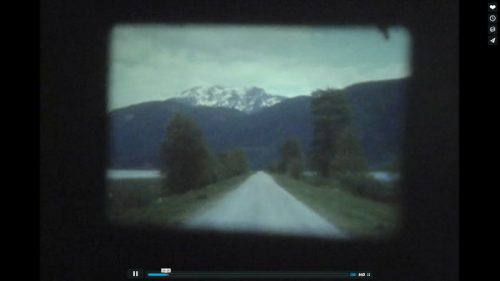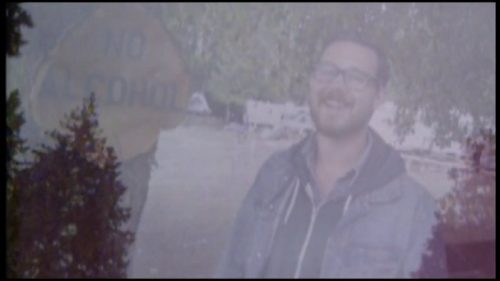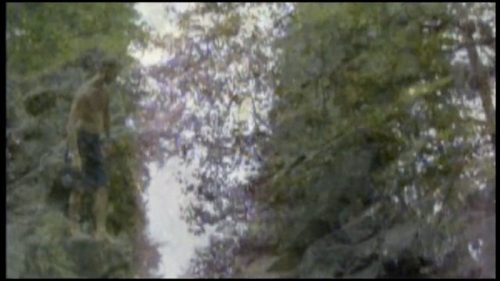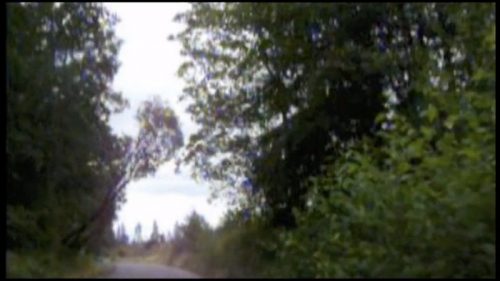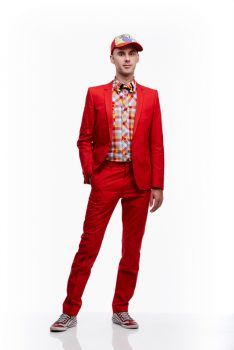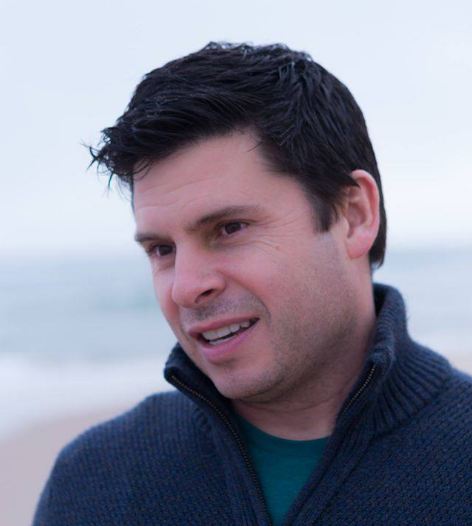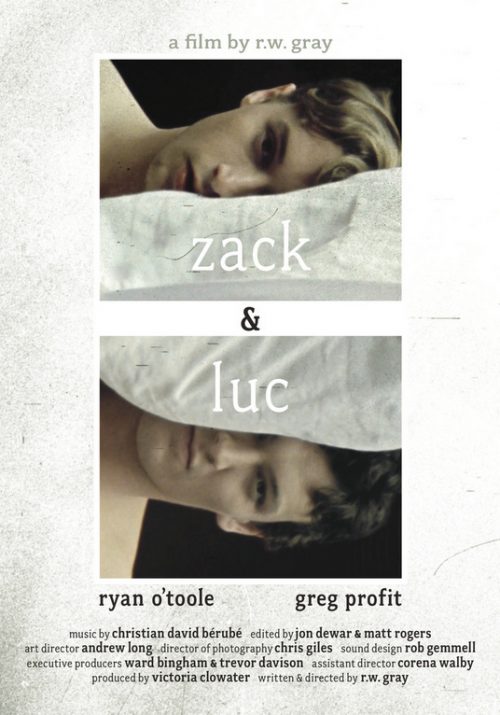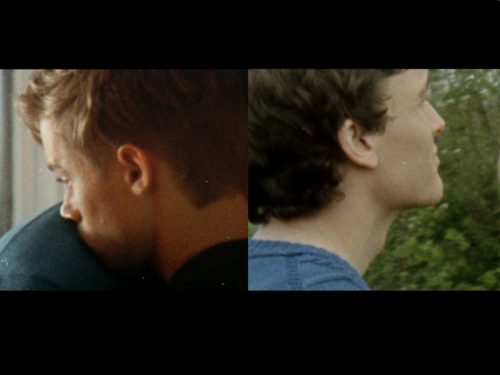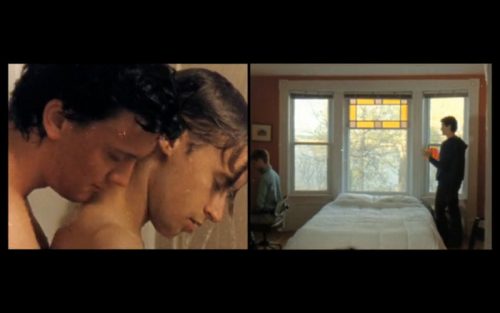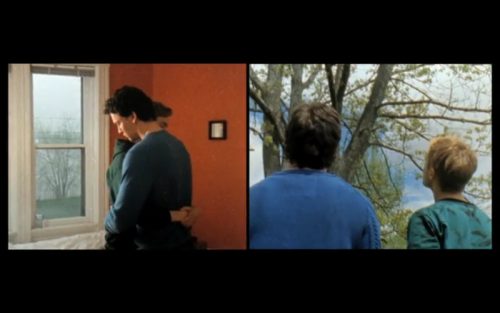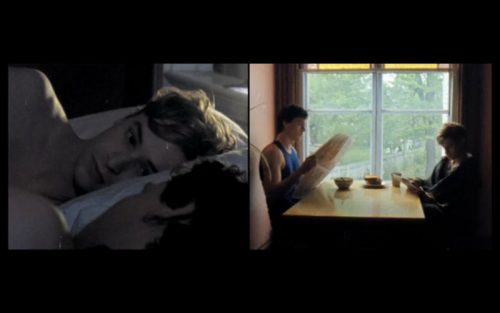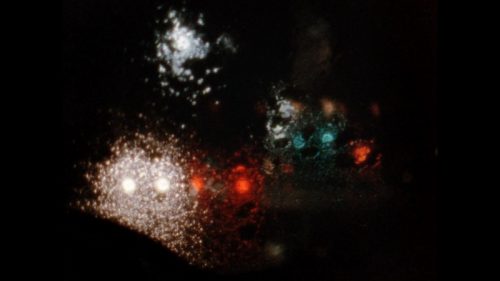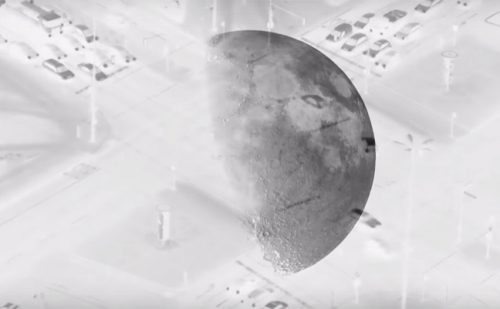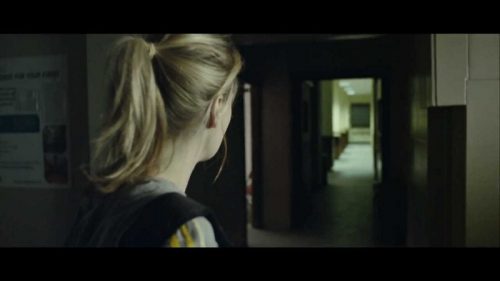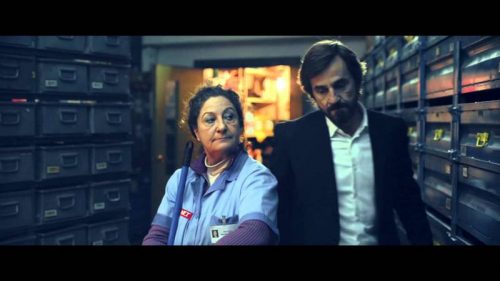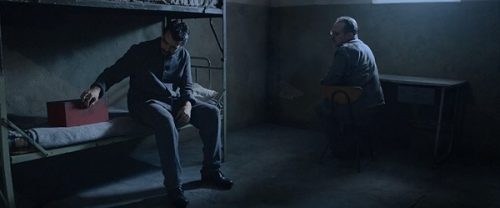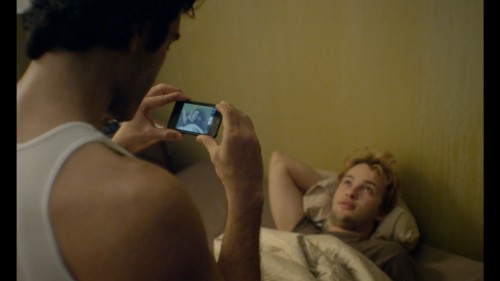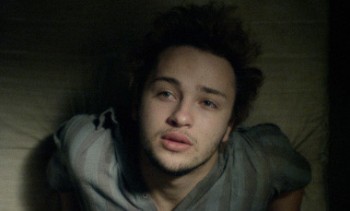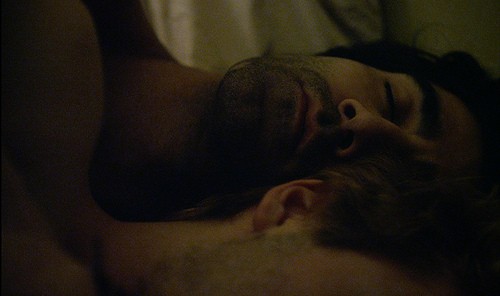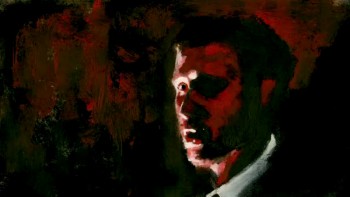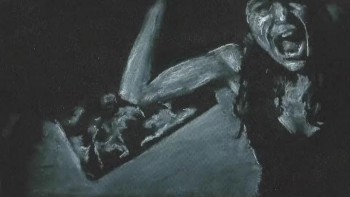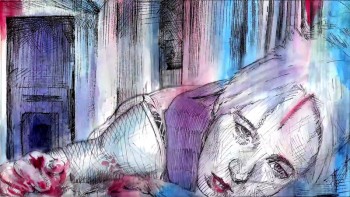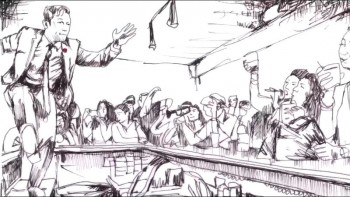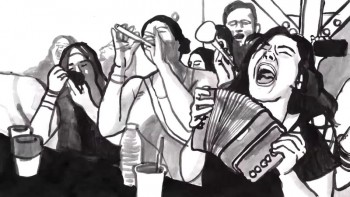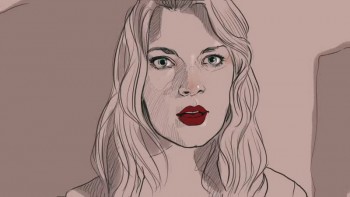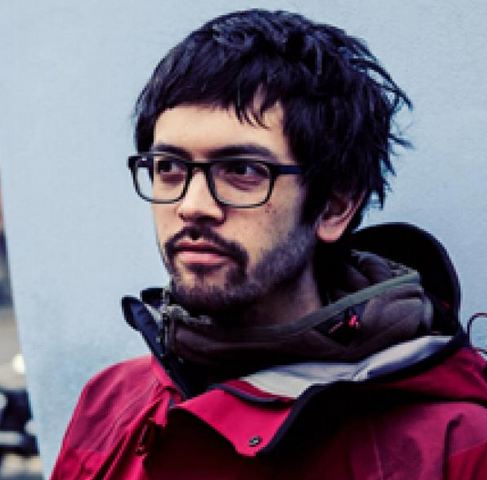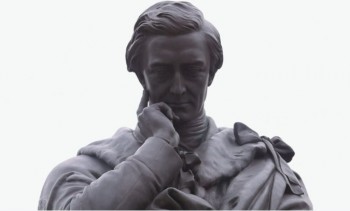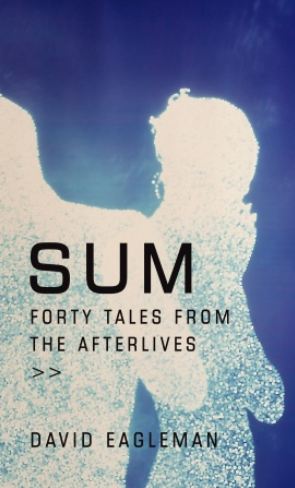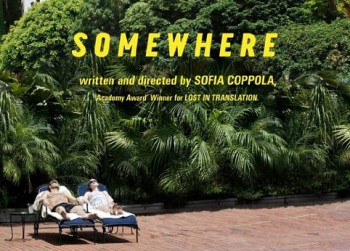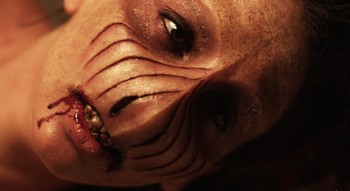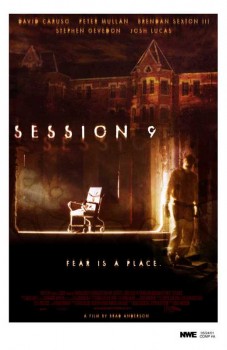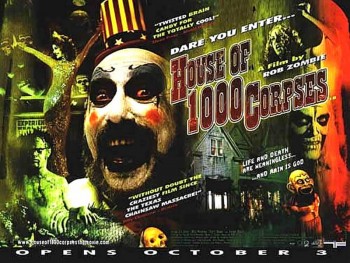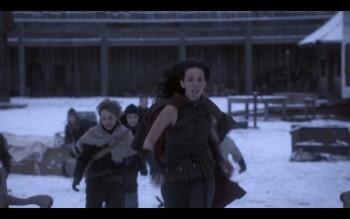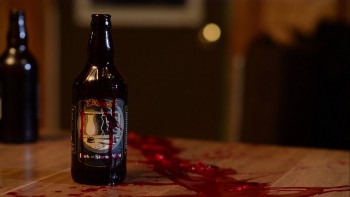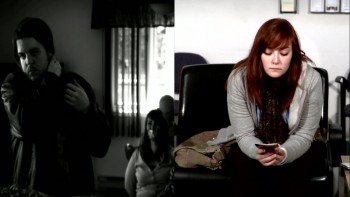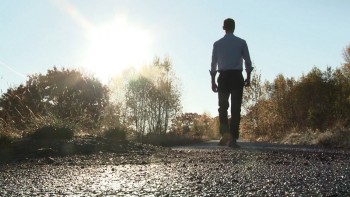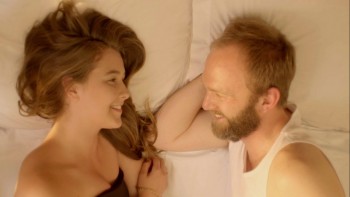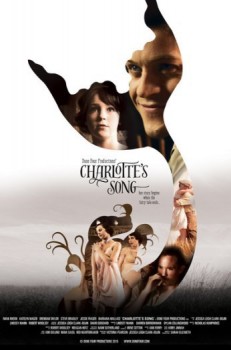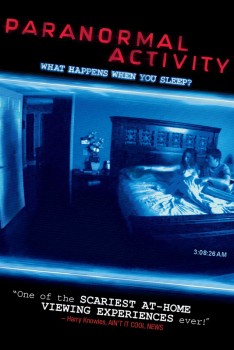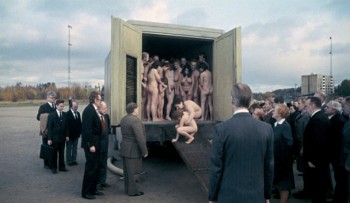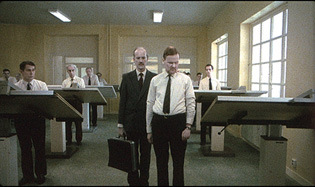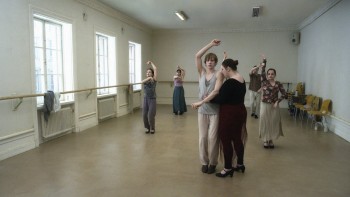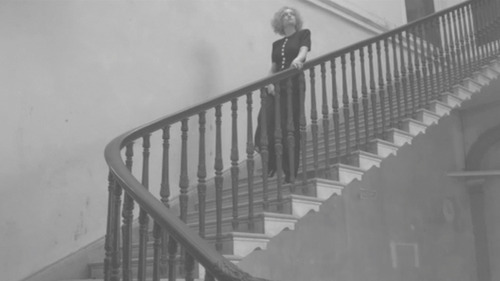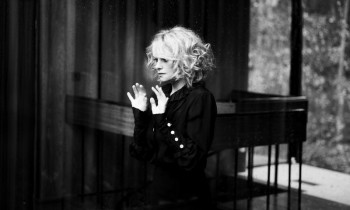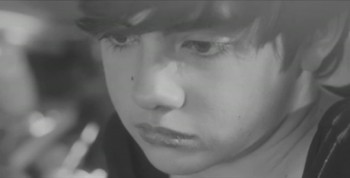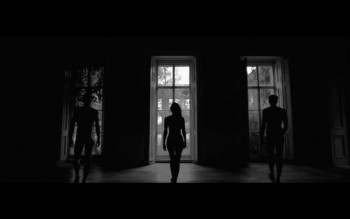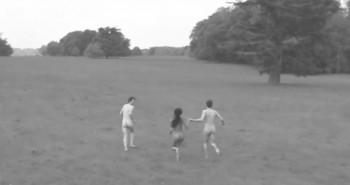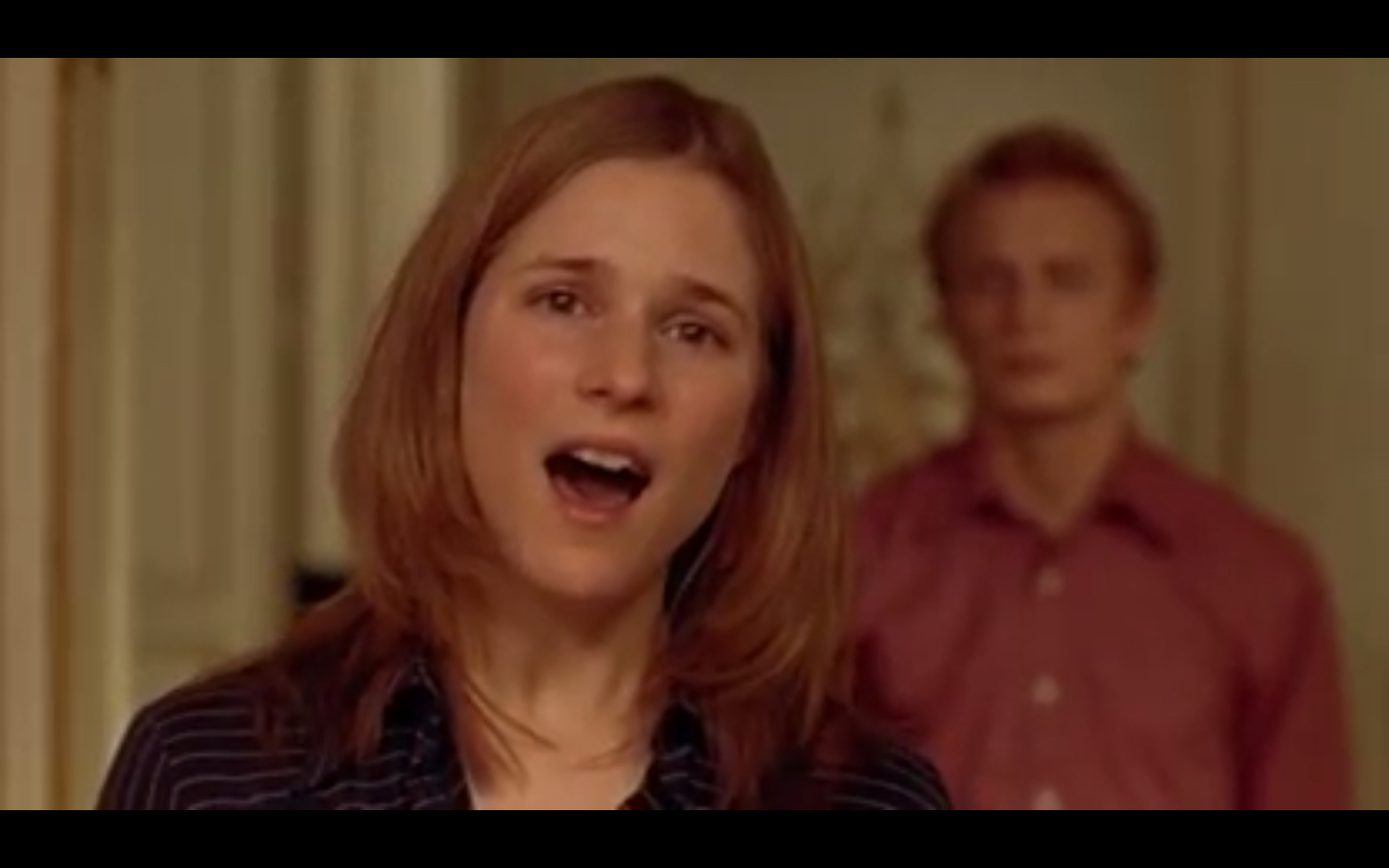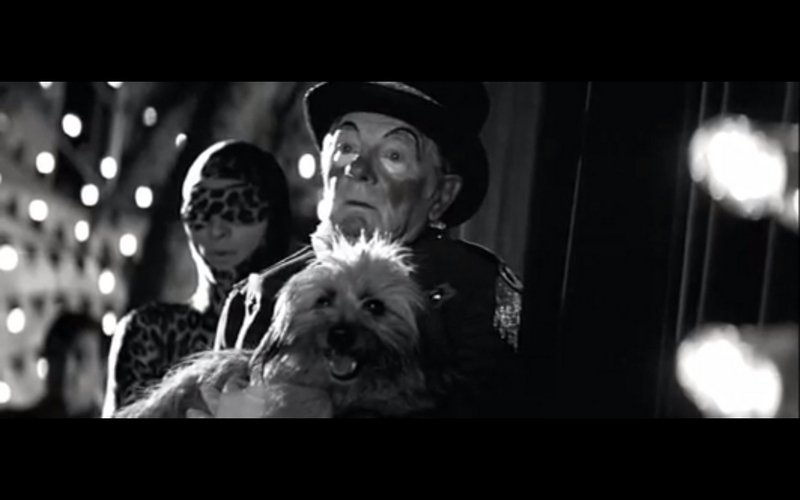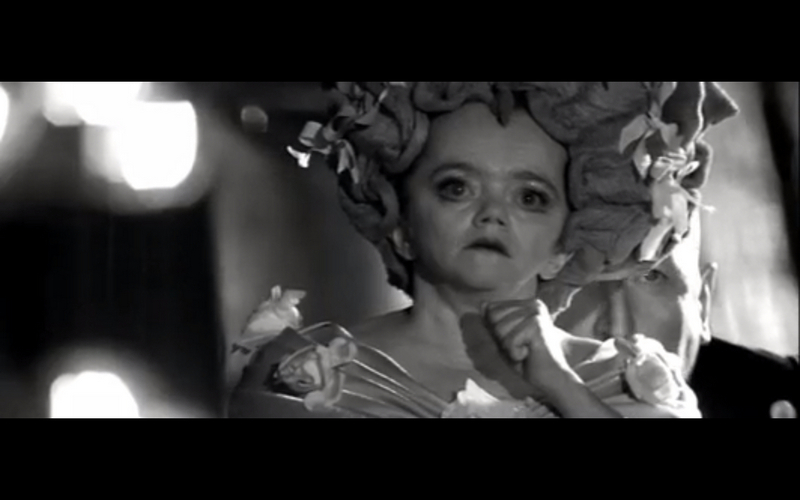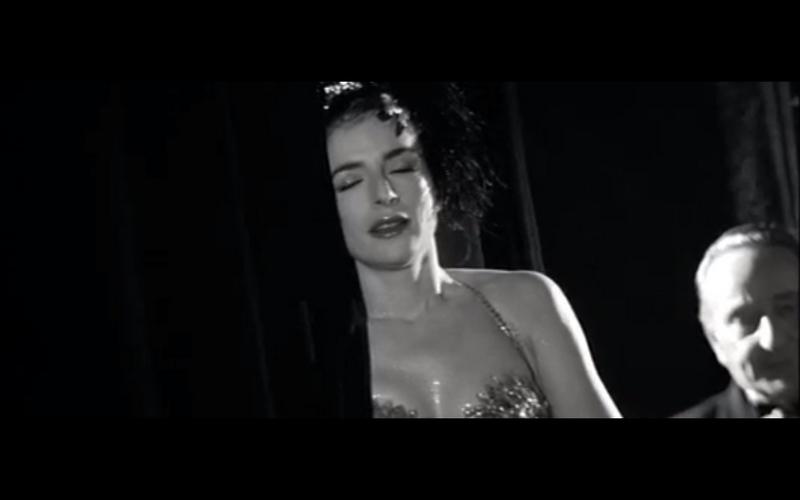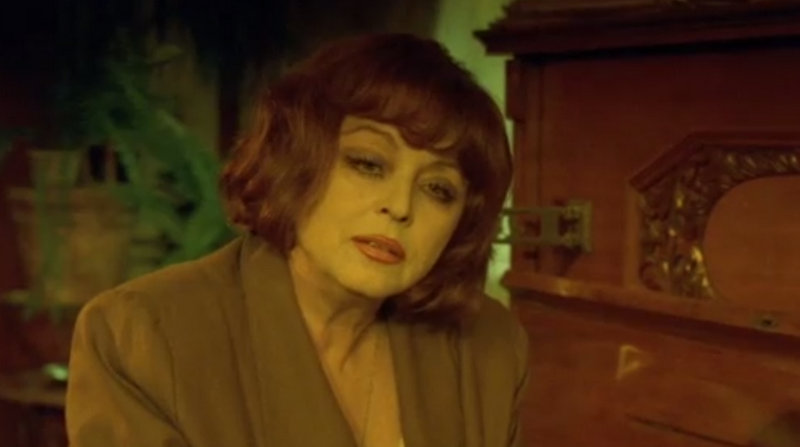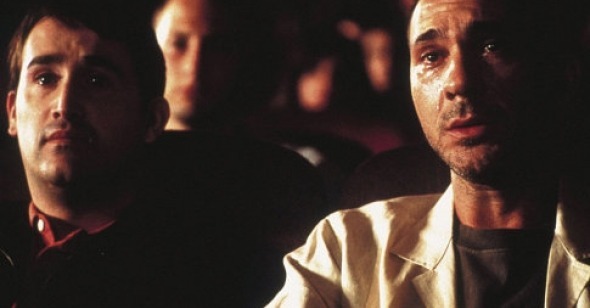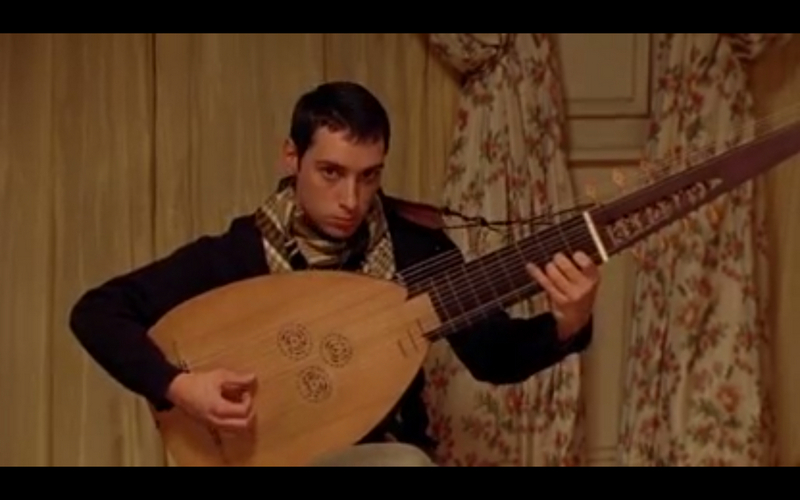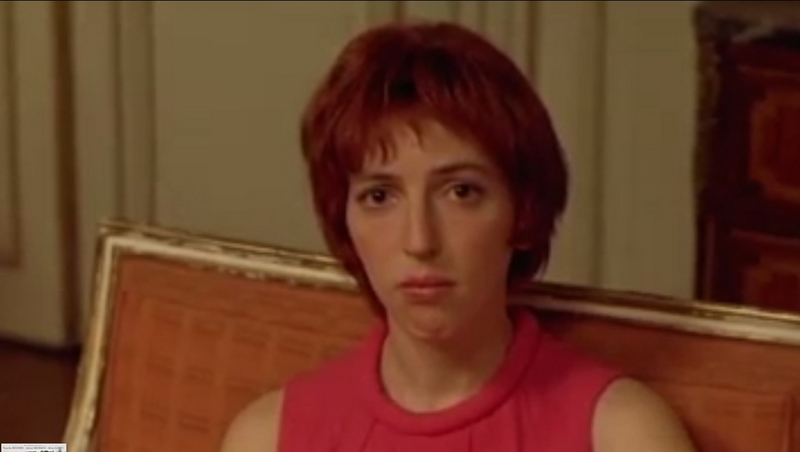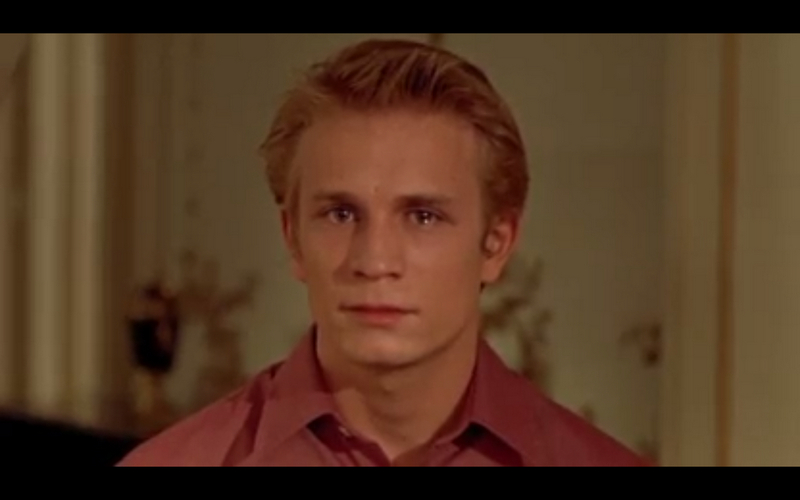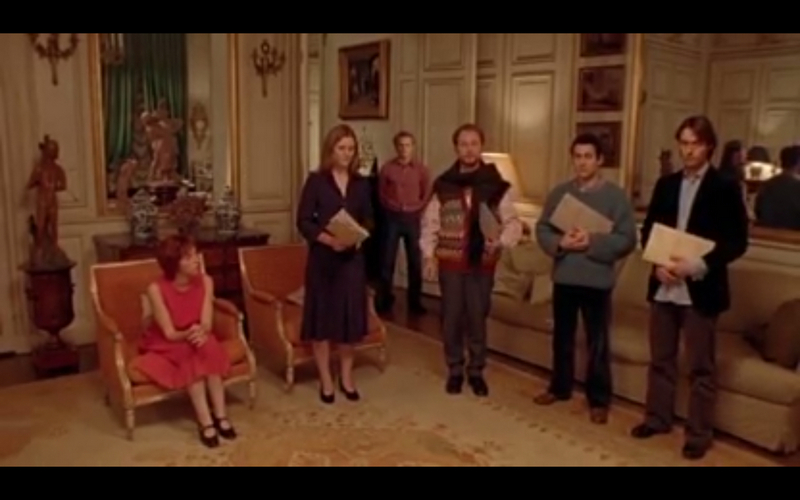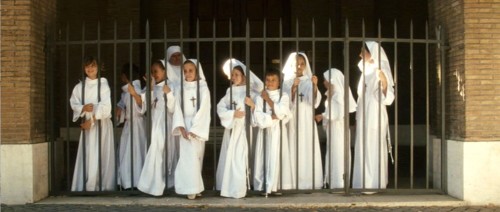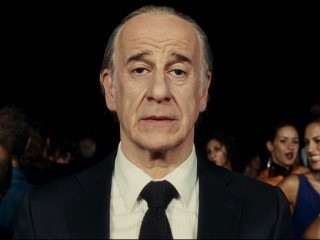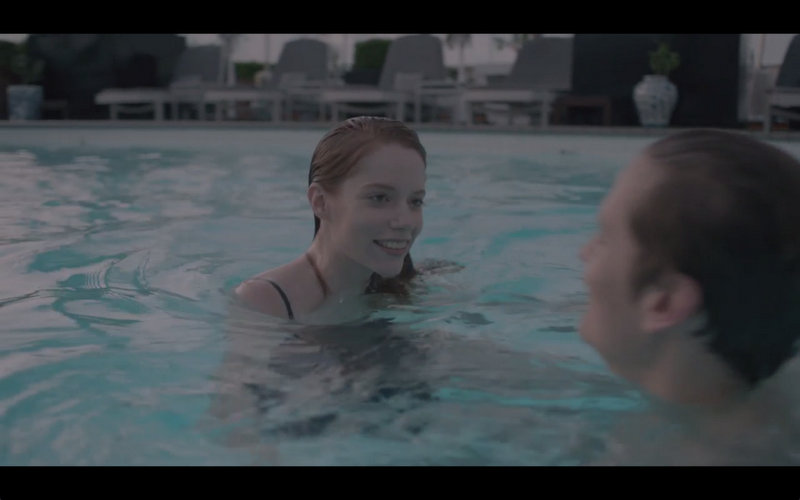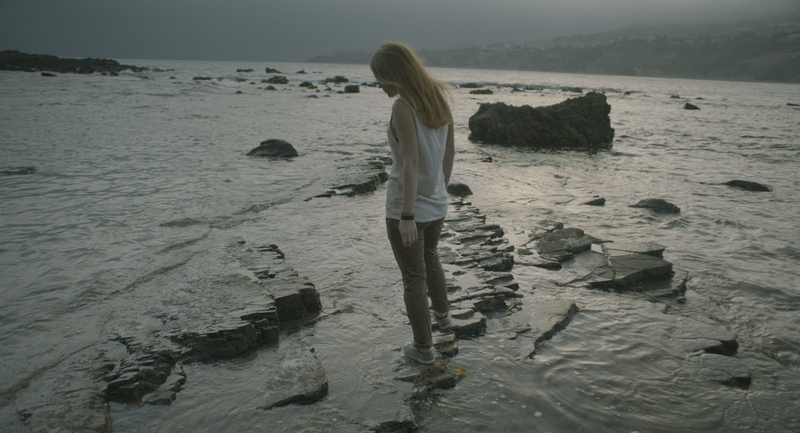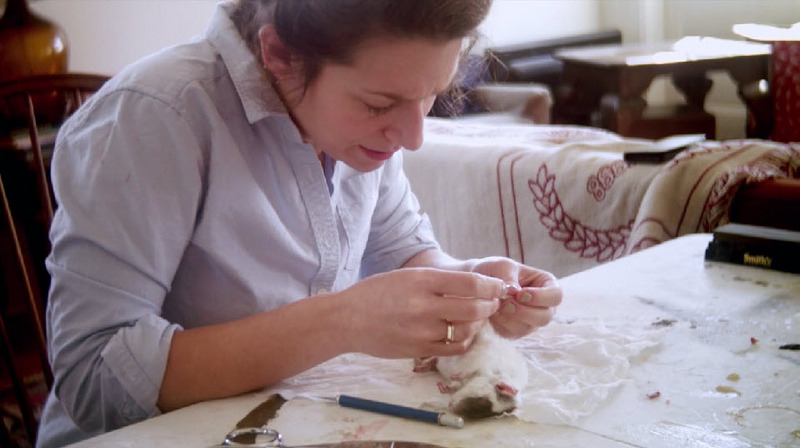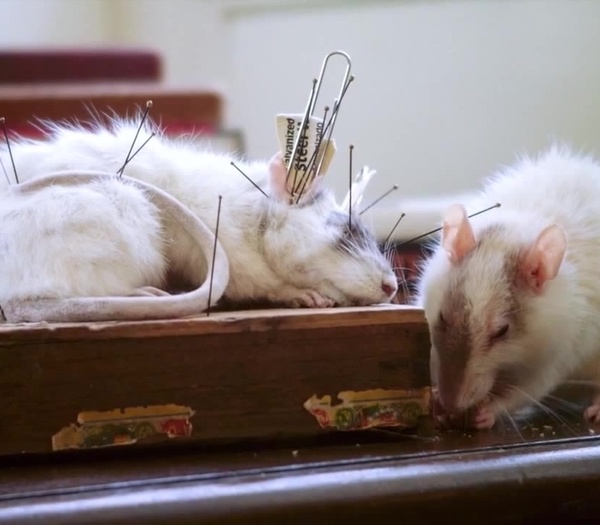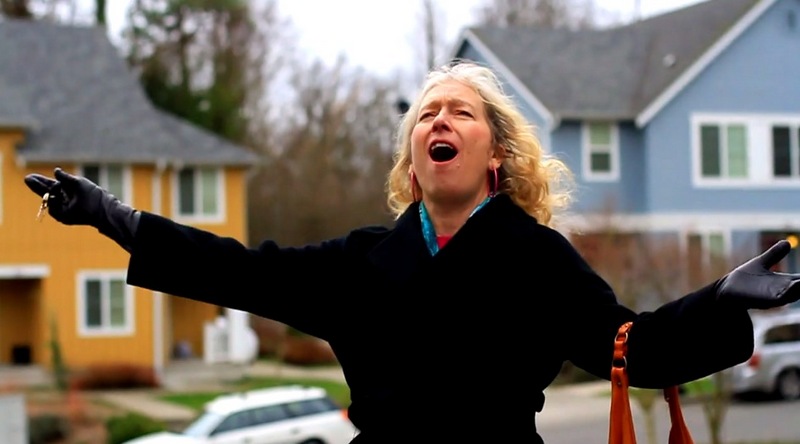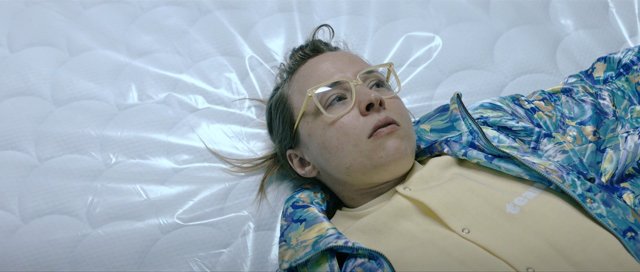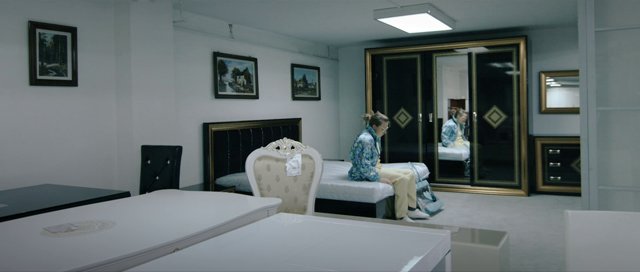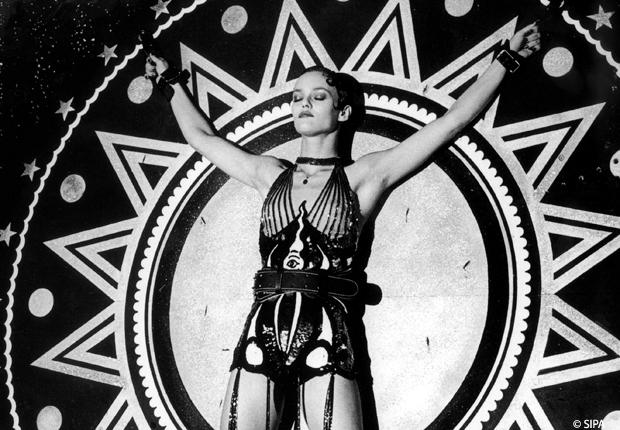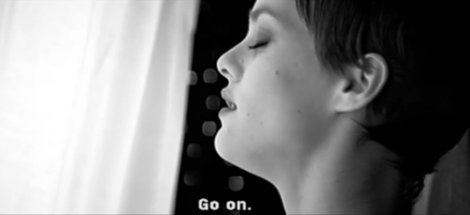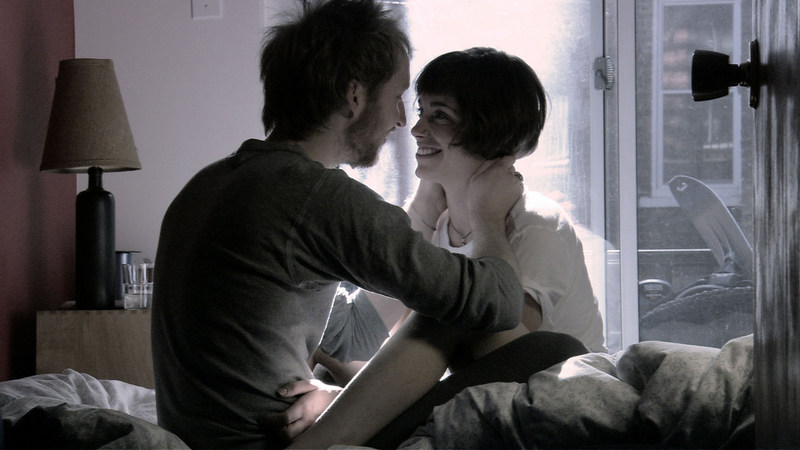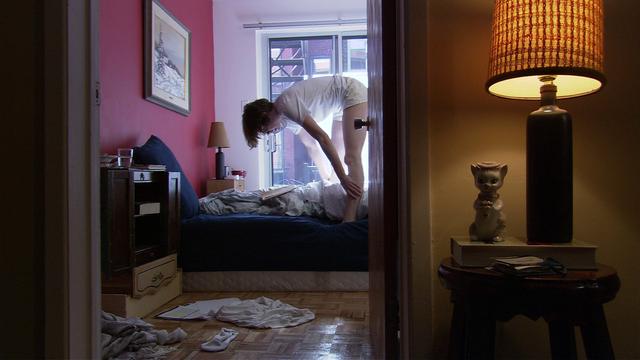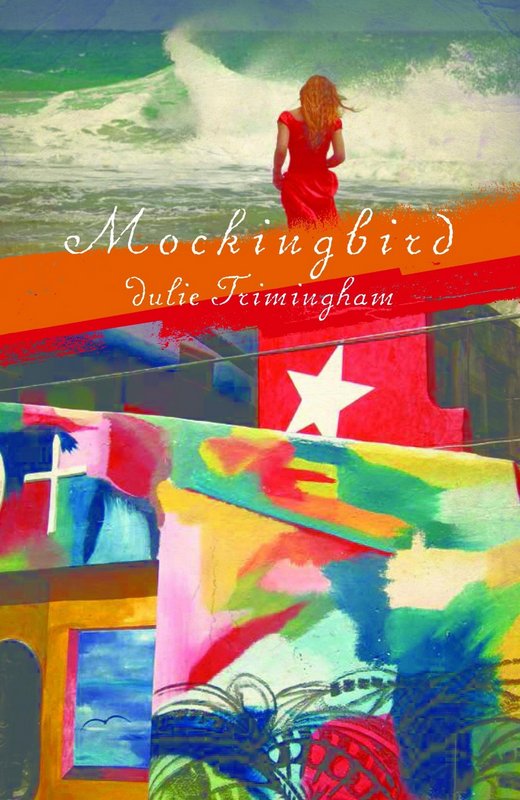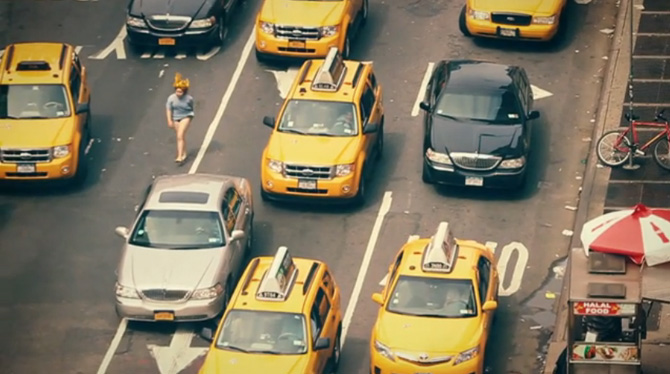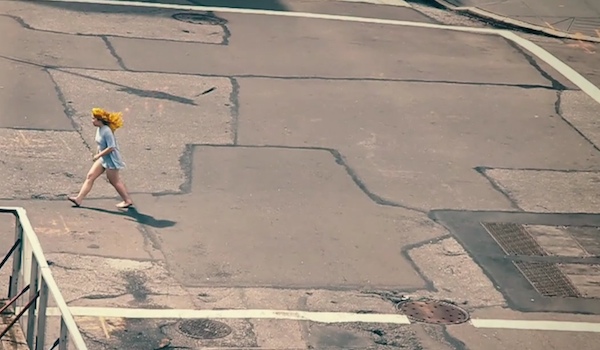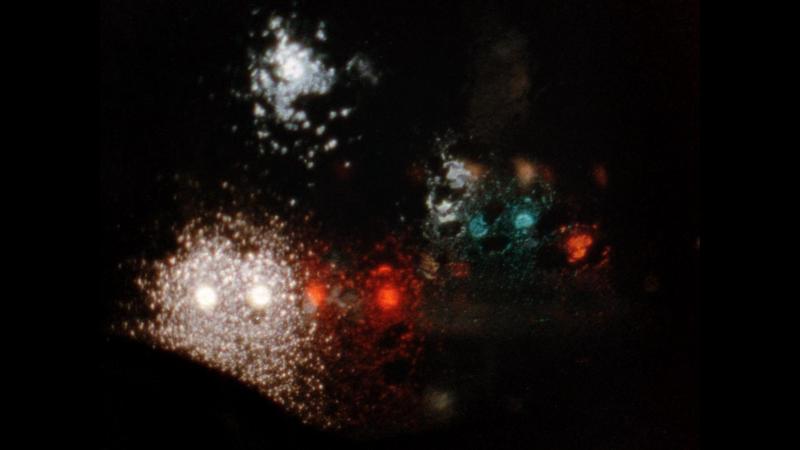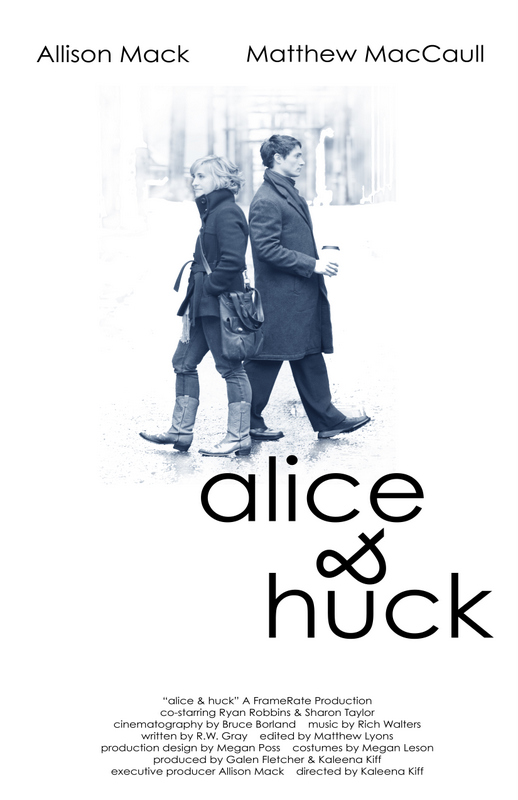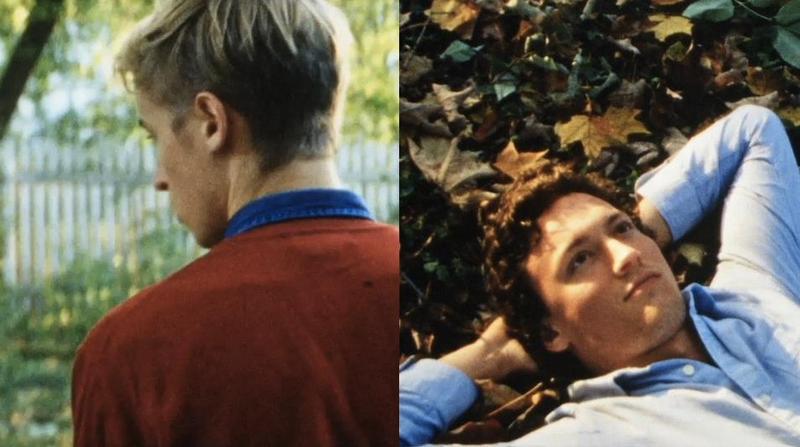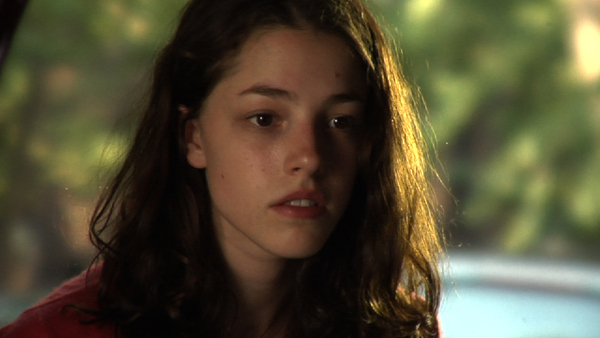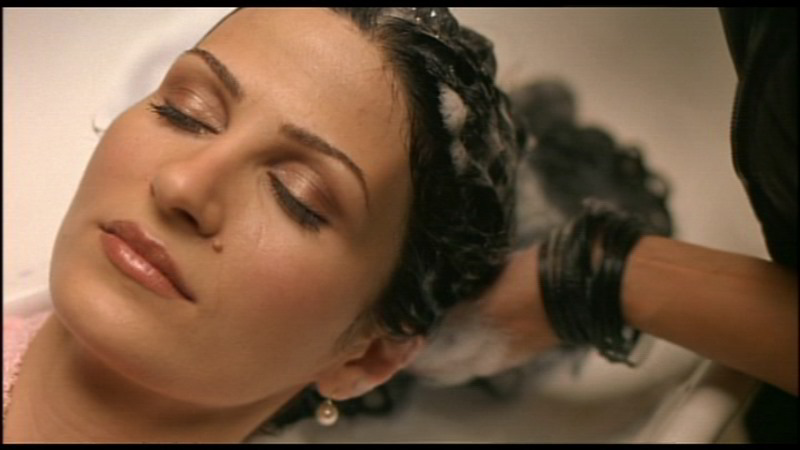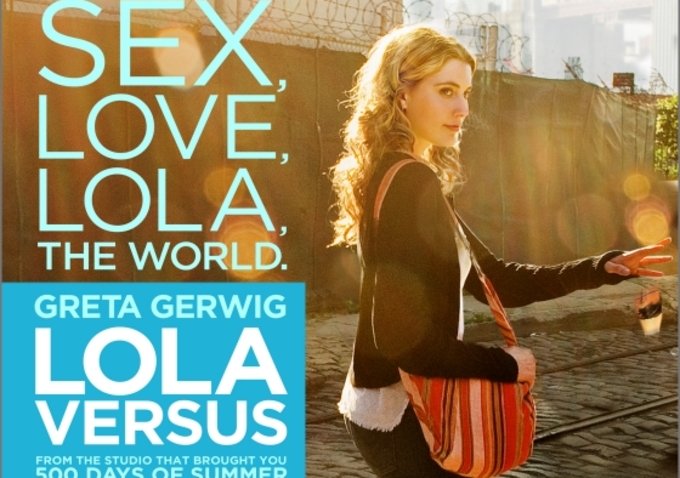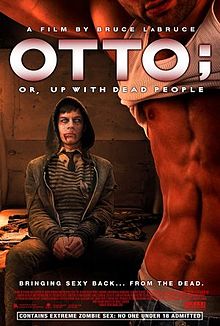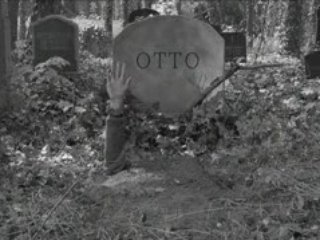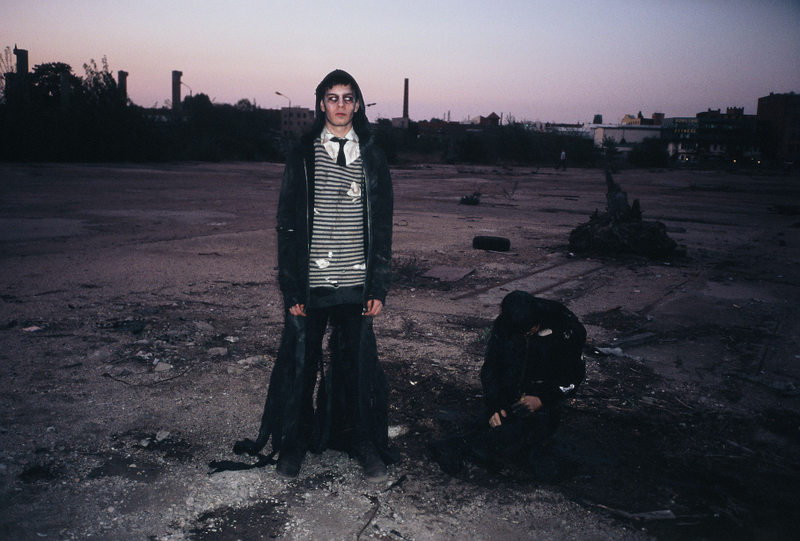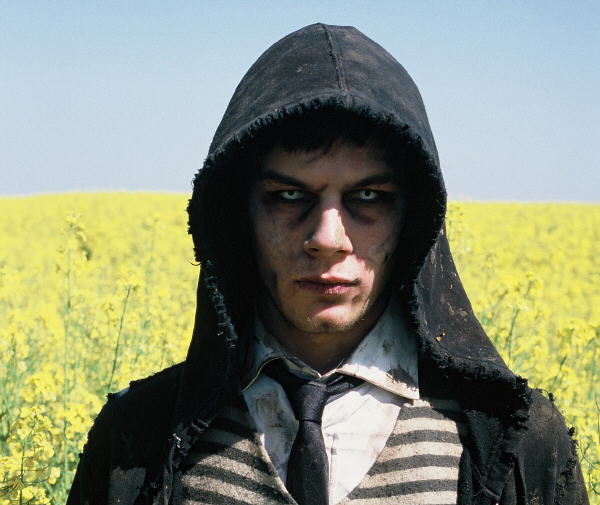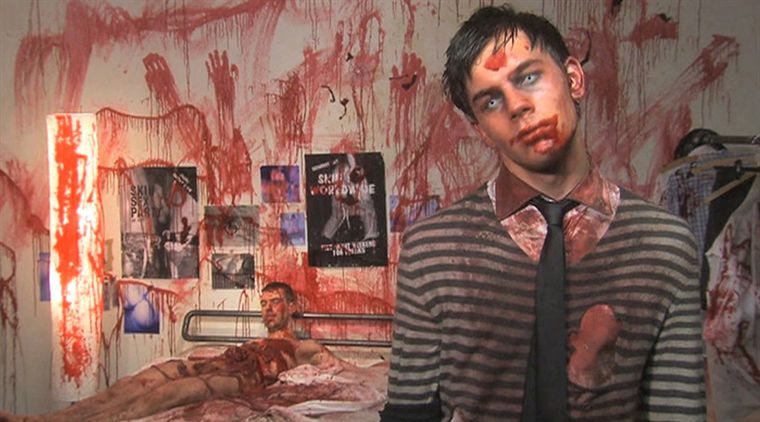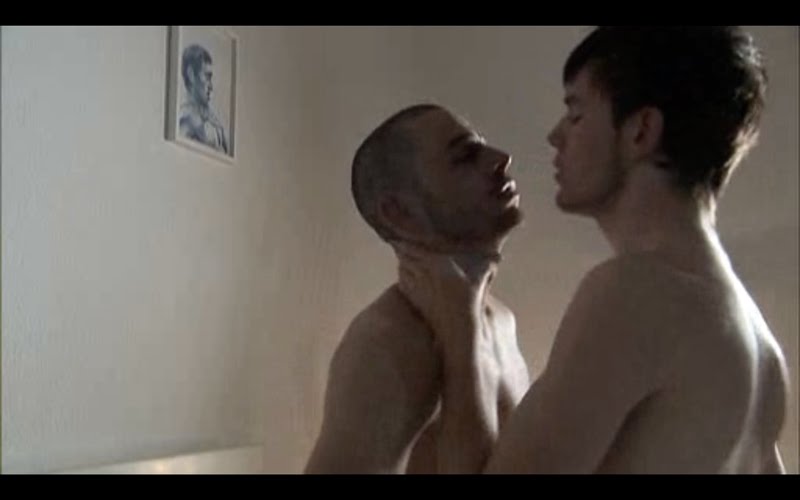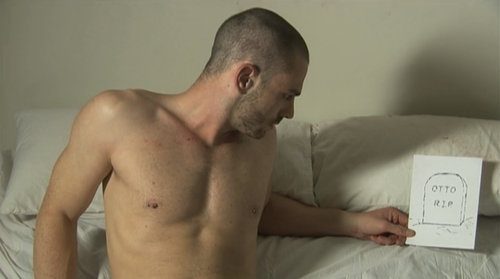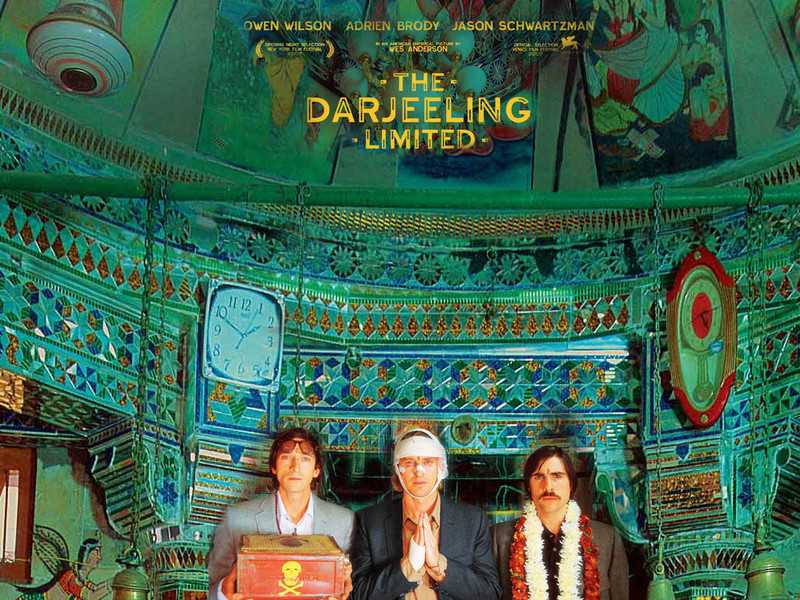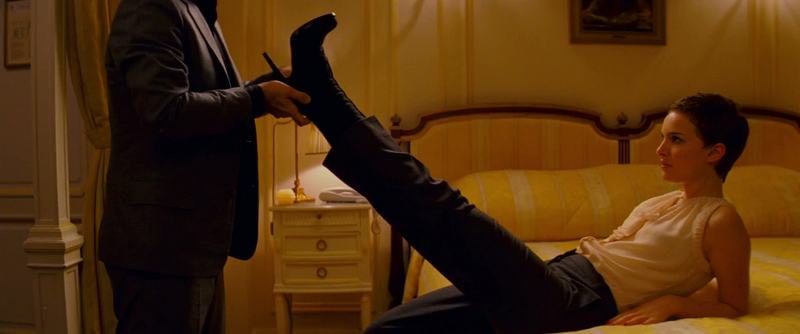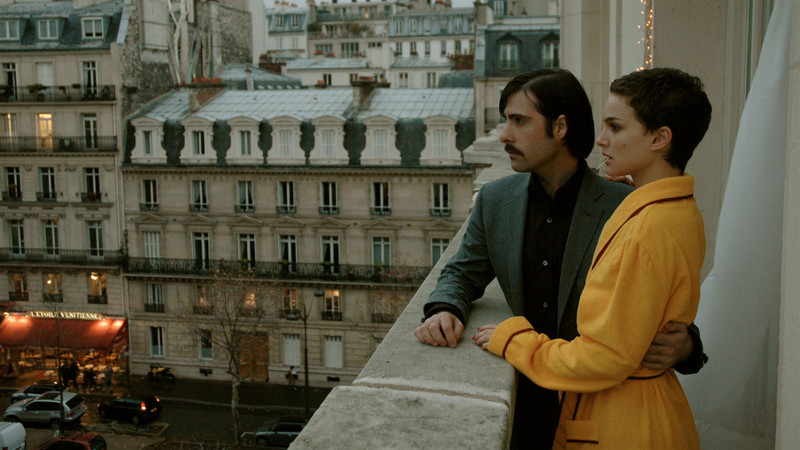[youtube width=”500″ height=”344″]https://www.youtube.com/watch?v=nWbUEB60F4I[/youtube]
.
At the end of Wong Kar Wai’s In the Mood for Love, Mr Chow (Tony Leung) travels to Angkor Wat, the temples in Siem Reap, Cambodia and whispers a secret into the walls of the ancient temple. Secrets run through the film and, indeed, the initial English title of the film was to be Secrets so it is not much of a surprise that Wai ends the film with Chow whispering one into the temple wall. For a film set almost entirely in Hong Kong, though, this might seem a bit of a non-sequitur, this epilogic jaunt to another country and its ruins.
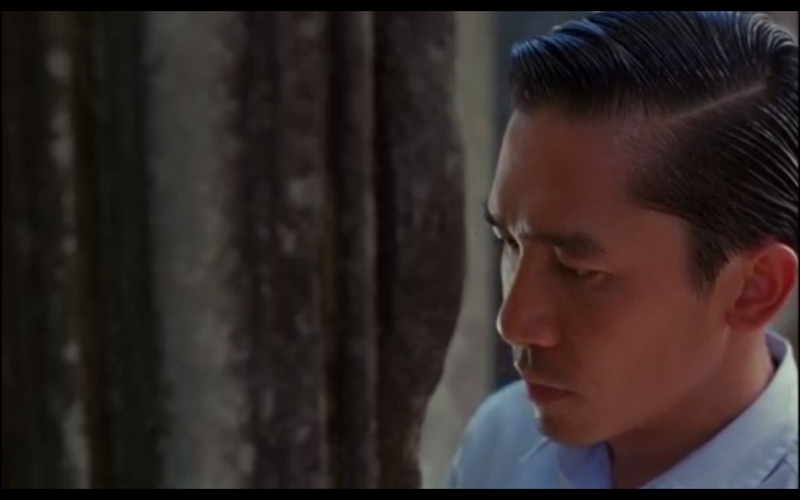
In the pseudo sequel to In the Mood for Love, 2046, a fictional character describes how travel related to his unrequited desire: “I once fell in love with someone. After a while. she wasn’t there. I went to 2046. I thought she might be waiting for me there.” So I, too, went to Angkor Wat, but after I traversed the causeway, the moat, and stepped past the tourists making cutesy photos for their Facebook updates, I didn’t find Mr Chow there waiting for me. I was, however, struck by two things as I entered the upper regions of the temple: the sounds of the birdcalls and the length of a secret.
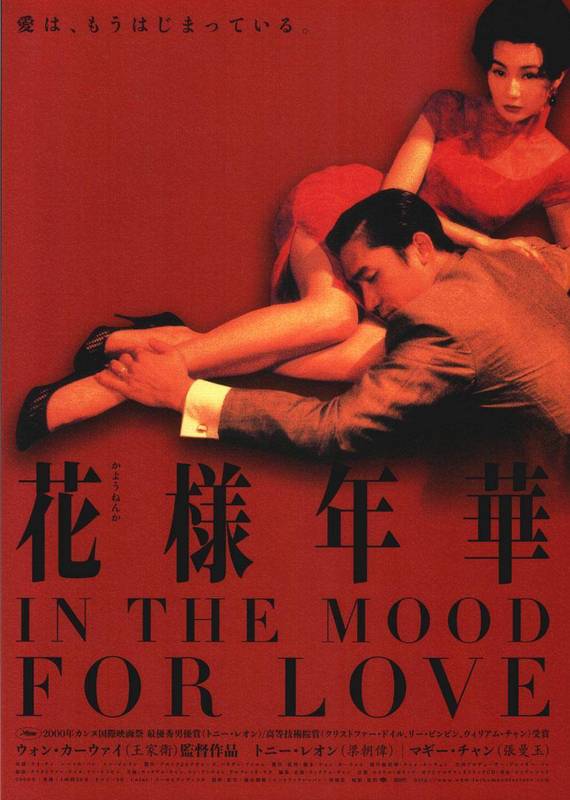
One of the reasons Angkor Wat does not read like a non sequitur in the film is that, despite the film’s tense intimacy and claustrophobic 1960s Hong Kong setting, travel is a trope throughout the film: Mr Chow’s wife and Mrs Chan’s husband are always away on business in Japan; near the end of the film, Chow eventually transfers to work in Singapore and Mrs Chan follows briefly; the music, particularly the title song, come from other cultures, the Nat King Cole songs in Spanish providing significant flavor (an English American singer singing in Spanish for a Chinese audience); and Mrs Chan seems to work in an imports and exports office, where we hear of ships coming and going. Elsewhere matters in the film. Wai builds Hong Kong as a place people are always leaving so there is a story logic to Mr Chow’s destination and what he whispers to the ancient temple.

Even if elsewhere did not matter, the trope of the secret runs significantly through both Wai’s In the Mood for Love and the pseudo sequel 2046, though the only thing the characters seem to keep secret are their unrequited desires. In In the Mood for Love, Chow recounts a story to his lecherous friend Ping about a certain kind of secret:
Chow: In the old days, if someone had a secret they didn’t want to share… you know what they did?
Ping: Have no idea.
Chow: They went up a mountain, found a tree, carved a hole in it, and whispered the secret into the hole. Then they covered it with mud. And leave the secret there forever.
There’s something faulty in the lover’s logic here, because if one didn’t want to share such a secret, no trees would be harmed. The act of telling an untellable secret to a tree, or to temple ruins must offer something greater than the discretion of staying silent would.

The tale of the secret also appears in 2046 in a slightly different form when a man who might be Chow (who indeed has the same name and is played by the same actor) several more jaded years later writes a science fiction serial in which a character riding a futuristic train tells a similar story to an android attendant on the train he’s falling in love with:
Before, when people had secrets they didn’t want to share, they’d climb a mountain. They’d find a tree and carve a hole in it. And whisper the secret into the hole. Then cover it over with mud. That way nobody else would ever discover it.
I once fell in love with someone. After a while, she wasn’t there. I went to 2046. I thought she might be waiting for me there. But I couldn’t find her. I can’t stop wondering if she loved me or not. But I never found out. Maybe her answer was like a secret … that no one else would ever know.
Ostensibly this is a character in a serialized novel named Tak, a man riding on a futuristic train talking to a beautiful android woman about a woman we never meet, one whom he once loved. Yet if we read In the Mood for Love and 2046 as connected stories, and we take Chow at his word when he says the characters that appear in the novel are taken from his life, then Tak’s unrequited love relates to Chow’s unrequited love for Mrs Chan.
What the second tale of the secret highlights is a reason for telling a secret in a way that it will never be heard: imitation. For Chow, the secret is in part an imitation, a chance to perform Mrs Chan’s silence and, possibly, decipher it.
The night before I am to visit Angkor Wat, I contemplate imitating Mr Chow, finding the place where he told his secret to the ruins, and telling a secret too. I search for the photo of that scene in the film and save it onto my phone so I can compare it to the temple when I get there, see if I could find the exact spot. It feels goofy, but more than a fan impulse, though I can’t be articulate about the imitative urge.

In the morning, as the guide leads me along the corridors, up and down the disheveled steps, I hold back showing him. Maybe I feel too goofy. Then, I see the women. The faces of the women carved into the stone. The ones that appear beside Chow in the film. They are not the right women (these figures are everywhere in the temple) but now I am curious. I tell my guide about the film; he has never heard of it but has much to say about Angelina Jolie and Tomb Raider (which used a nearby temple as a location). I show him the picture. He hands me back my phone and I am not sure he has understood. The tour continues as he tells me of gods and demons, the frothing of great seas and the search for immortality.
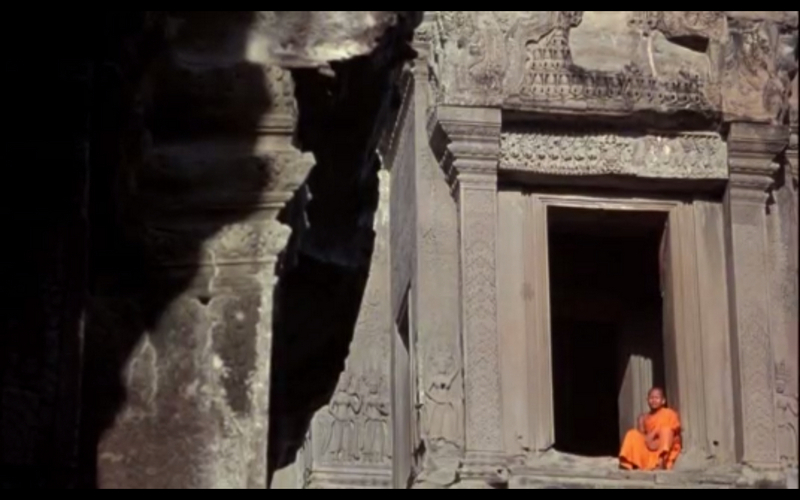
The guide is trying to explain to me where I should walk next and where he will wait for me, but my thoughts are caught by sudden and distinct bird calls trilling off the temple walls (you can hear these at the start of the clip posted at the top of this article).
I have heard these birds before, but only in this final sequence of Wai’s In the Mood for Love. They are film memories for me. The first shot with the monk and the temple wall begins in silence and then the birds’ calls become distinct. So there is something blaringly real about them, and oddly dissonant, as it would not have occurred to me as a filmmaker to add bird noises to shots of a temple – not peaceful enough. Though Wai added them, I now know they are dietetic, (they actually occur in that place). What I had heard in several movie theatres, on my couch at home, a film sound I had heard and disregarded on many viewings and even listened to ad nauseam on my iPod via the soundtrack, is now “playing” around me. I experience a shock where the scenes in the film becomes more real and I am closer to that moment, to Mr Chow. This is the shock of art and life feeling too close together somehow.
I find the bird making the song, and I follow him for a little, trying to get a good photo of him while my guide watches on, no doubt thinking I am doing this sightseeing thing wrong. His poker face reveals nothing. On our way back down the steps, the guide asks to see the picture again. During our tour he has been searching for the right place. He has not forgotten. Then he points to the wall. And he has found it. The four women standing together, the images that flank where Chow tells his secret. I stare at the wall, then look around, a bit speechless, the guide watching on in his quiet way, the way he has watched through the whole tour, like he agrees speechless reverence is appropriate.
As I stand at the wall, my hands cupped between my face and the ancient stone, it suddenly occurs to me that perhaps for this moment to be authentic I should have an actual secret if I am to approximate why Chow stood there, if I am to understand him. For Chow standing at the wall, there is an indeterminacy, an unsolved mystery: did Mrs Chan love him after all? For Chow, performing such a secret creates a possible explanation for Mrs Chan’s silence: she loves him but must keep it secret.

Imitation and performance form another trope in the film: Mr Chow and Mrs Chan have a dinner where they eat what the other’s spouse would eat; they try acting out scenes that imagine how their spouses might have seduced one another; Mrs Chan practices how she will ask her husband about his infidelity; and, towards the end of the film, they practice how they will say goodbye. In the scenes where they play their spouses they are liberated to imagine and perform flirting with one another by playing the parts of their less restrained beloveds. And yet these scripts they improvise trap them as (off screen and by association) betrayed and spurned, and limit their performance because, ultimately, they do not want to resemble the husband and wife who have cheated on them.
Their desire, their flirtation, has been defined by imitation and performance, so it’s not a leap to imagine that Chow’s secret whispered to the walls of Angkor Wat is in itself a performance and imitation, one that shows him seeking to understand Mrs Chan and her secret emotions and one that makes possible and real for him that there is indeed a secret affection, that she does in fact love him.
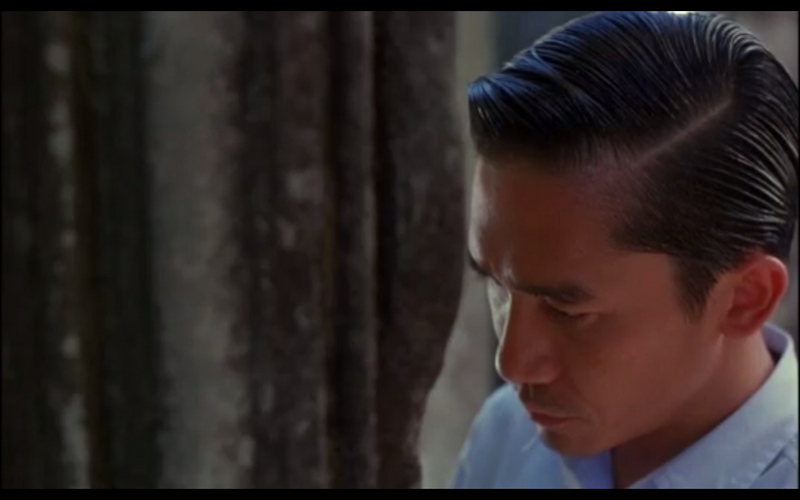
Mouth and hands to the temple wall I search for a secret to tell, but I cannot think of one. Perhaps I can’t keep a secret. Or I can’t imagine one I wouldn’t want to be found out. I come from a long line of blabbermouths. Maybe I have no secrets to keep. Perhaps I should think of an unrequited love in this moment, but I can’t think of one of these either. Sure, I have old, melancholy longings for past loves that happened or didn’t happen or I wish were still happening. Maybe I am over thinking this, but I feel inescapably aware I long for moments that are gone, not those people presently. Even then, none of those moments feels much like a secret.
I wonder whether unrequited love was something only my twenty-something or thirty-something self could covet. Chow was certainly in his late 20s or early 30s in the film. I remember hankering for the unrequited, so fleeting, so enduring, so swoon provoking then. Now, I wonder, maybe not so much. All that drama would get in the way of my morning coffee, the good book, a well-lived life. All those big loves of mine went on to get other lovers, and though I still get messages from them occasionally, nostalgic ones even, it’s no longer possible for me to imagine a narrative with death bed confessions of great loves that never were, or were cut short, or endured for all time. These, it strikes me, are the impossible dreams of young lovers.
The original Chinese title for the film was “Huayang Nianhua (translated in the subtitles as “Full Bloom” but more accurately meaning “those wonderful varied years”)” as Stephen Teo points out. He goes on to argue that the original title “is more suggestive of period nostalgia and the Shanghai association, pointing to an iridescent, kaleidoscopic age of bygone elegance and diversity.” Wai himself, though, points to the original title, how for him it is “very poetic, depicting the prime of one’s life, and in particular a woman’s full bloom. The tale itself is nostalgic for a place, a time, and a stage of life. Chow and Chan are ripe for romantic love, for the unrequited, for profound secrets.
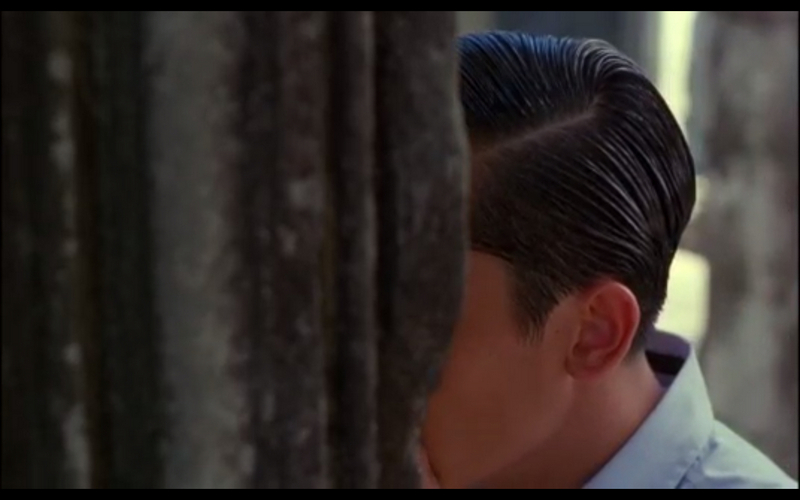
My silence at the wall, in a sense, is a moot point. Chow had plenty to say. In film time he speaks to that hole in the wall for quite some time, the monk, like my guide, looking curiously on. For see, the monk and I are no closer to understanding or deciphering the secret even though I now stand precisely in Chow’s place.
This is a paradox: when Chow stands at the walls of Angkor Wat his secret is not very secretive, yet we don’t know what it is. There is nothing else in the film to suggest the secret could be about anything but his unrequited love for Mrs Chan. In the unity of this story universe, there are not a lot of other options, so this is a rather open secret. Why tell a secret we already know. Between what we think we know and the moment of Chow whispering to the temple wall is an indeterminacy, one that suits this tale of unrequited love, for, if we have even a little doubt about the content of his secret, then our desire, too, is unrequited.

David Ng, in his review of the film, points to the complexity of the ending, something Wai apparently struggled with too:
The extent to which Mrs. Chan and Mr. Chow have controlled their passions by the movie’s end is open to speculation. Are they still in love? Or have time and distance allowed them to forget each other? The deleted scenes provided on the DVD take us beyond the movie’s conclusion and into the 1970s. We see a changed Hong Kong, one where the young women have traded in their vibrant cheong-sam dresses for fur-lined jackets and bell bottoms. Mrs. Chan, now the proprietress of the apartment building, and still married to her unfaithful husband, learns that Mr. Chow has returned to Hong Kong from assignment in Singapore. Though they try to avoid one another, they have a chance encounter at the noodle stand where they first noticed each other ten years before. The scene is played as an elongated heartbeat: their eyes meet, they tense up, and like a flash it’s all over. Another deleted scene shows them meeting by chance at the temple of Angkor Wat in Cambodia. This time they do speak to each other, though it’s clear that they have moved on with their lives. As they stroll through the ruins of the temple, it’s as if they are touring the remains of their own abandoned passion.
These two alternate endings show us how the unrequited tale asks for an epilogue, one that is not satisfied by these two possibilities, as though that frame will stand in for or provide traditional catharsis, as the unrequited narrative demands catharsis without catharsis.
In Wai’s oevre endings are as complicated as beginnings. In directing Maggie Cheung to play Mrs Chan, Wai suggested she “imagine she was [the same character she played in Days of Being Wild, only ten years older]. To make it more easy, we gave her the same name. From that day on she somehow got an idea of her character and was fine.” Tony Leung appears in that film as a hitman character, appears as Mr Chow in In the Mood for Love, and recurs as another Chow in 2046. Characters are connected from film to film, but then not in clear ways. Another unrequited indeterminacy. David Ng, pointing to the alternate endings and how the characters seem to bleed from film to film, points to a tension between story and plot and the desire between them:
Maybe, and this is wishful thinking, these two characters will meet again and again at different stages in their lives. We will see them have children, grow old, and experience all of the pains that come with a compromised life. In this respect, the deleted scenes are like abandoned tunnels: they make us want to explore where the movie might have taken us if Wong had indeed filmed forever. They make the movie feel bigger and more ambitious, as if the final cut were but a snapshot of the story in mid-development.
These characters live in an unrequited story universe that transcends the individual films, that carry on in a chain of desire, built from moments of indeterminacy and longing.

As the guide and I walked down the steps behind the temple, leaving, I noticed one of the walls seems like a jigsaw puzzle of wrong pieces hammered together by impatient hands. Over time, through changing faiths and political histories, some of the temples have been disassembled, reassembled to form new temples even. I pause on the steps, the OCD part of me wanting to take the wall apart and reassemble it correctly. It occurs to me this is, too, a lover’s metaphor, how we take apart one faith, carry the stones all jumbled to the next one, assemble them into new expressions. The metaphor falls apart on the long walls of what used to be Buddha images just scratched out to leave a parade of stone wounds. Or maybe the metaphor could get carried further, but I won’t.

My various critical and personal attempts to understand Chow and his secret at the wall are also not that different, my reading so full of my own desire, mismatched clunky jigsaw pieces. Yet somehow this is preferable to looking out at the lost stones still strewn out among the flanking forest floor. I look back at the temple rising so fiercely out from the trees, and see a fragment of why Chow came to Angkor Wat, why he chose this instead of climbing a mountain and whispering it into a hole in a tree. With the small act of telling a secret to the walls of Angkor Wat, Chow opened the possibility of the secret enduring, living on, held by the temple, staining its walls, creating a new faith around it, the orange-robed monks as witnesses, the trilling birds as heralds.
–R. W. Gray
